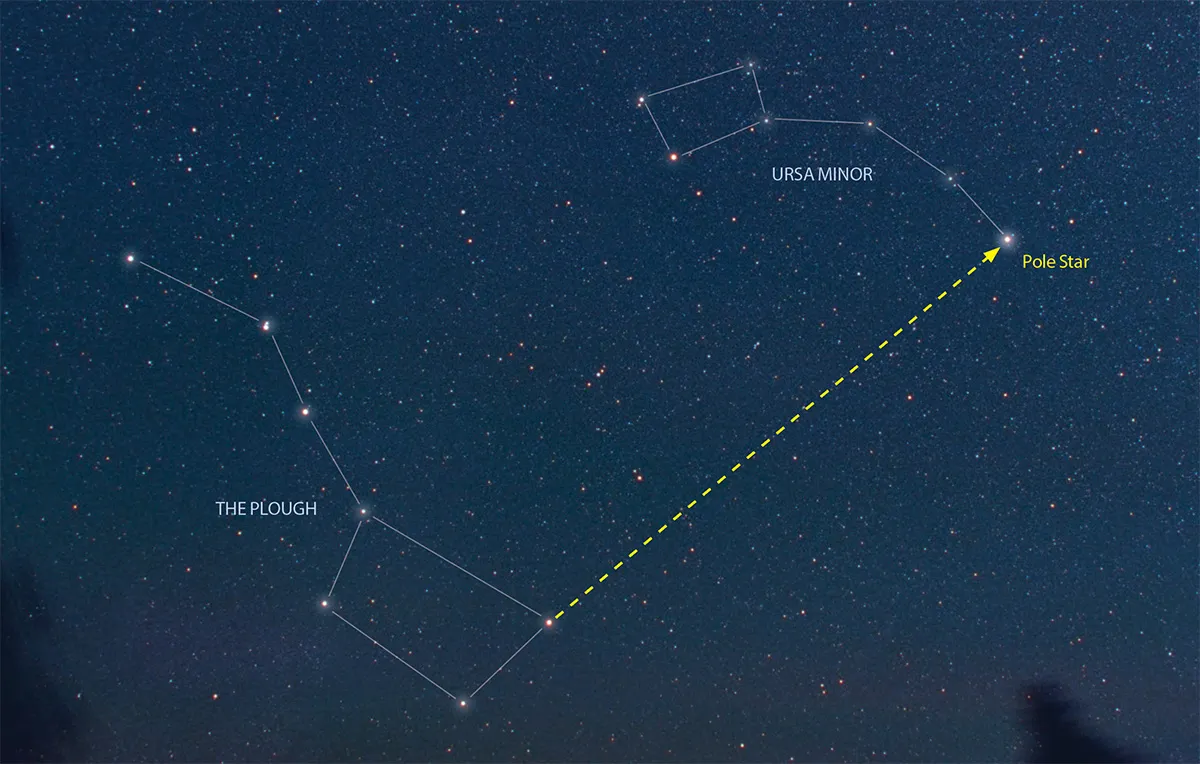The Ursid meteor shower is set to peak tonight, making for a great naked-eye observing event for friends and family to enjoy as we approach the Christmas holidays.
The Ursid meteor shower is generally active from 17–26 December, with peak nights occurring on 21/22 and 22/23 December.
The peak of any of the annual meteor showers always makes for a great excuse to get the family wrapped up warm and get looking up at the night sky, but winter meteor showers such as the Ursids and the Geminid meteor shower are particularly good because there is so much to see in the night sky while you're waiting to spot a meteor.
Read Pete Lawrence's complete guide to the Ursid meteor shower, and read on for our top tips on spotting a meteor.
Find out when the next meteor shower is visible

However, the normally spectacular Geminid meteor shower was somewhat hampered by the presence of a bright Moon during their peak on 13/14 December this year, so the Ursids may be the true meteor shower highlight this month.
The best time to get out and see the Ursid meteor shower will be on the night of 22/23 December, but you can still head out this evening to see if you can spot one.

Observing a meteor shower
When describing a meteor shower, astronomers talk about the 'radiant'. This is the region of the sky from which the meteors appear to emanate.
The Perseid meteor shower, for example, has its radiant in Perseus, while the Lyrid meteor shower has its radiant in the constellation Lyra.
The Ursid meteor shower is so-called because its radiant is in Ursa Minor, which can be found in the sky next to the star pattern known as the Plough (part of the Ursa Major constellation).
To be more precise, the Ursid shower has its radiant position close to the star Kochab (Beta (β) Ursae Minoris).
Use a starchart, a planisphere or a smartphone astronomy app to help you locate these radiant constellations throughout the year.

How many Ursid meteors can you expect to see?
The Ursid meteor shower has a typical peak rate of 10 meteors per hour, and its best to observe around 22:00 UTC on 22 December.
The zenithal hourly rate (ZHR) of the Ursid shower is around 10 meteors per hour.
ZHR is really a representative figure, though, as it indicates how many meteors you might expect to see during peak activity under perfect conditions.
The real number will likely be lower.

How to see an Ursid meteor
- Find a place that's dark and away from light pollution
- If you have a back garden and live under dark skies, you can observe from the comfort of your own garden.
- Turn off all the lights in your house to get things really dark.
- Avoid using lights such as torches and mobile phones as this will spoil your natural night vision
- Wait 20 minutes for your eyes to dark adapt,
- Wrap up warm, bring something to eat and perhaps a hot drink as well.
- Look about two thirds of the way up the night sky
- If you manage to see a meteor streaking across the sky between 17–26 December and appearing to originate from Ursa Minor , chances are you've seen an Ursid.

